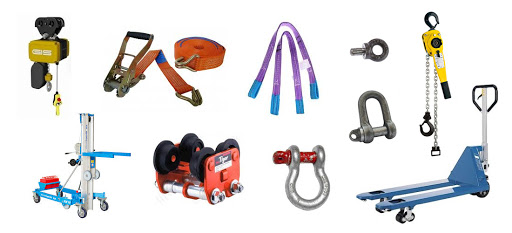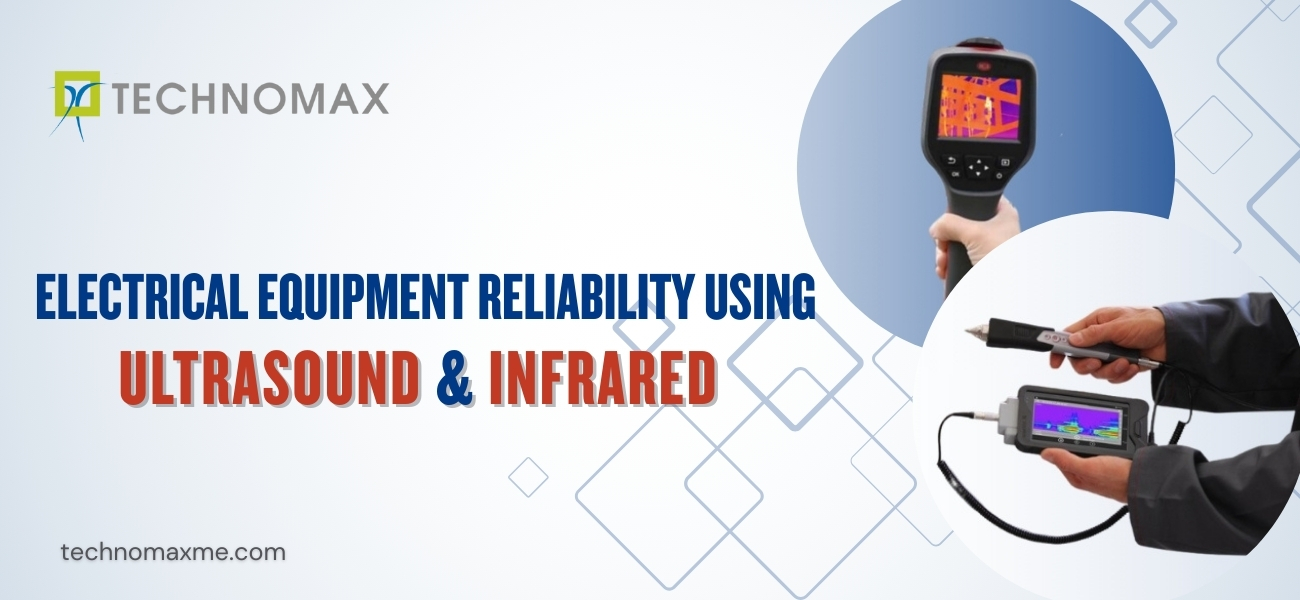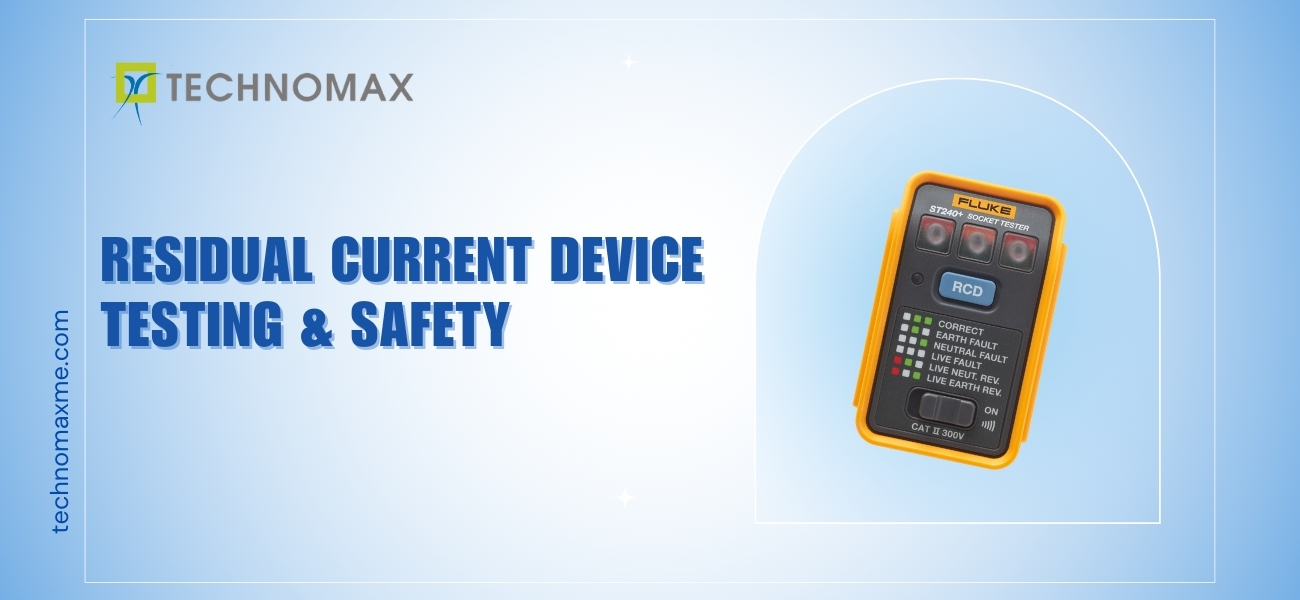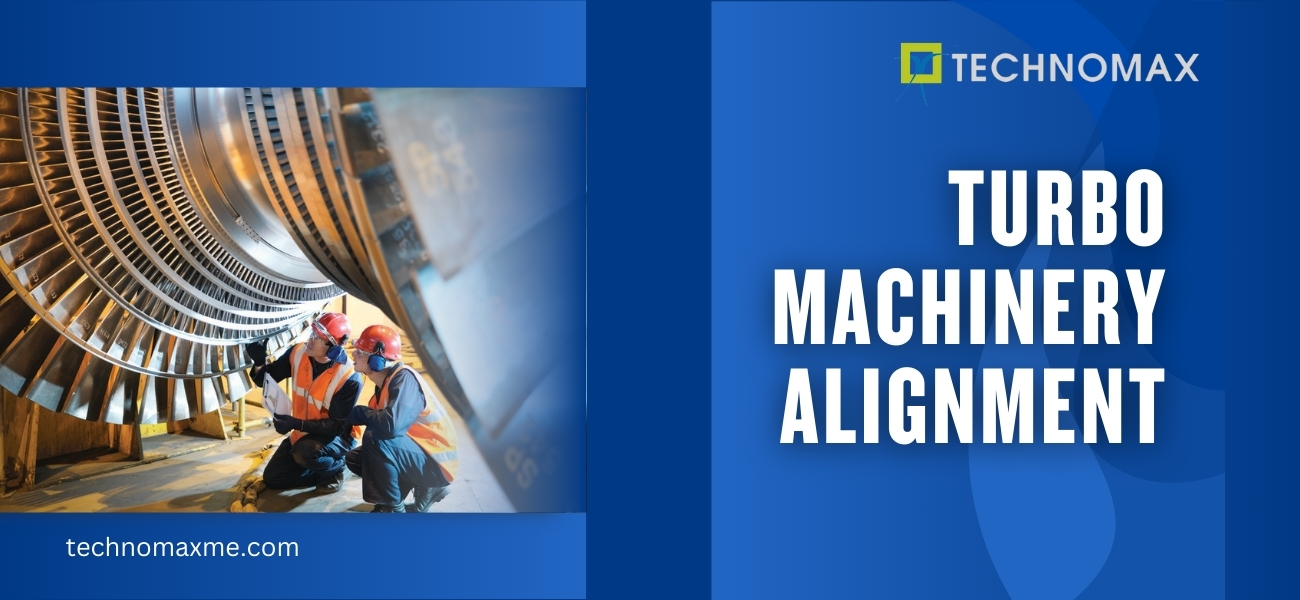
What are Below-the-hook Lifting Devices or BTH Lifting Devices?
According to the American Society of Mechanical Engineering (ASME), a below-the-Hook lifting device is "a device used for attaching a load to a hoist.” The device may contain components such as slings, hooks, and rigging hardware." It is also known as a BTH device and serves as a very important tool for various production and construction activities. In other words, a BTH lifting device is a mechanical device that attaches to a crane or other lifting apparatus and grabs and secures a load so that it can be safely moved from one location to another. Hence, below-the-hook devices are essentially structural and mechanical lifting devices that facilitate the locomotion of heavyweight items during the production or construction process. Different types of Below-the-hook lifting devices are spreader beams, lifting beams, C-hooks, plate clamps, pallet lifters, coil grabs, etc. These devices are utilized between the hook and the load. They can also be used to support, position, and bear the weight of a specific load.
Below-the-hook lifting devices can also be custom-made, and the commonly made ones are used to lift irregularly shaped material and long loads, spread the load to multiple hooking points, and add safety to the lifting operation. The most common type of below-the-hook lifting device is a lifting beam. These lifting devices can be built with a large range of capacities and spans depending on the customer’s requirements. A lifting beam is often made from structural members and uses multiple rigging points for the hoist hooks and for securely attaching the load.
Considerations before buying Below-the-hook Lifting Devices (BTH Lifting Devices)
Custom Products:
Below-the-hook lifting devices are not one of those products that can be bought off a shelf or picked out of a catalog. It is essential to make sure that these devices are manufactured with a view to catering to a particular need or necessity. These are mostly engineering types of equipment that need to be totally customized according to specific needs and have probably never been made before. No two below-the-hook lifting devices are similar. A number of factors,, such as rated capacity, fixed or adjustable speed, number and location of bails, number and location of lifting lungs, length and height requirements, low headroom or obstruction consideration, etc. are to be kept into consideration. It can take a standard lifting device and turn it into a custom device.
Preliminary information and specification
When you put some thought into the design and specifications of the Below-the-hook lifting devices, you will be able to provide more information during the initial consultation, which will result in a more accurate quote from the manufacturer. Specifications are pertaining to considerations and talking points to use during the initial purchase consultation. This information helps a team of estimators and engineers get some numbers to begin running initial calculations, determine material needs, and start designing a rough concept of the lifting application.
Also Read:
- Overhead Crane Installation: An Overview
- Installation Instruction For Mobile Cranes
- Overhead Crane Maintenance Service in UAE
General Product Category
What type of below-the-hook lifting device is needed to serve your purpose is the first question that needs to be answered. It is important to make the manufacturer understand what exactly the device would be lifting. This will help them build the right type of device from the plethora of its different types.
Quantity
If the below-the-hook lifting device is used in a production process, there is a probability that there will be multiple workstations throughout the production facility where more than one type of BTH can be used. So make sure to inform the engineer about the number of facilities available at your disposal that could benefit from this type of device.
Capacity
Make sure to have a rough idea about the weight of the load that the below-the-hook lifting device will be required to lift. Below-the-hook lifting devices can be designed to assist with lifting loads as light as 50 lbs and all the way up to 350 tons or higher! Make sure that you have an understanding of the capacity requirements for your lifting device. It is very important for crane operation safety.
Hook Size
For lifting purposes, hook size is an important consideration that needs to be sought before purchasing any below-the-hook lifting devices. If the engineers building your lifting device know the size of your hook, they can design the bail to be the correct size to accommodate the crane hook. If the hook is too large, there might be a requirement for an oversized eye or pin in the bail. If the information about the exact size of the hook is unavailable, it can often be re-engineered by providing the manufacturer with the capacity of the hoist, EOT overhead crane, or mobile crane that the lifting device will be attached to.
Budget
The below-the-hook lifting device is usually an expensive affair and requires a substantial sum of money to be purchased. Being upfront about your budget will help the manufacturer understand any limitations they may have in regard to material, design, or engineering to complete the project. The manufacturer can let you know pretty quickly if your expectations for the product are realistically in line with the budget you have available. This, in turn, will help in designing and building the best solution within or below the expected project budget.
Ambient Conditions for the device to be used
Special considerations have to be given to various environmental factors such as high-heat environments( steel mills, steel processing facilities, paper mills, etc.), chemically active environments( steel pickling, galvanizing, etc.), and outdoor environments (construction sites, marinas, rail yards, etc.). Exposure to heat, chemicals, or moisture may require special grades of steel or aluminium. The manufacturer may want to use epoxy paint or add a powder coat finish to further protect the lifter from degradation and corrosion.
Types of Below-the-hook lifting devices
There are different types of Below-the-hook lifting devices for use with different types of industrial cranes-
Coil Hook
A coil hook allows for the lifting and transport of steel and other kinds of coil materials through its inner diameter.
Motorized Coil Grabs
It is a rack and pinion style grab that allows for handling a wide range of coil sizes with minimum manpower. Optional motorized rotation allows the crane operator to spot the coil with precise positioning.
Mechanical lifters
A mechanical lifter has two or more rigid parts that move in unison to attach a load to a hoisting device.
Sheet lifters
A sheet lifter utilizes two claw-like mechanisms for grabbing loads of wood or sheet metal.
Pallet lifters
A pallet lifter is equipped with a fork to lift pallets from underneath.
Gripping lifters
These lifters utilise indentation or friction-causing pressure to grip a load.
Beams
Typically made using fabricated metal or structural shapes, beams are suspended from a hoist, providing one or more load lifting points to efficiently secure and control load movement. There are usually three types of beams, namely, lifting beams, spreader bars, and spreader beams.
Vacuum Lifters
These create a vacuum to attach the lift to an object through the use of an electrical extraction pump and sealed pads.
Die turners
A die-turner is designed to turn or rotate (instead of flip) large dies using a crane or rigging apparatus.
Magnet lifts
Magnet lifts are used to release or carry flat or round ferrous materials with or without electricity.
Learn More About Our Services

Recent Blogs

Get Started Now!
It takes less than a minute of your time. Or you may simply call +971 2 555 1 783






